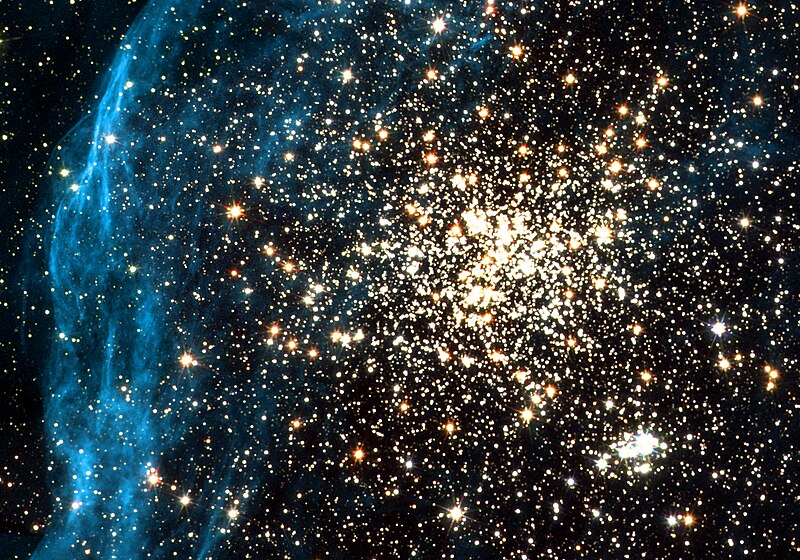NGC 1850: An Intriguing Double Star Cluster

Exploring NGC 1850 unveils a celestial marvel, contrasting beauty with mystery. This stellar nursery, nestled within the Large Magellanic Cloud, captivates astronomers with its vibrant star clusters and enigmatic origins.
Double Star Cluster
NGC 1850, discovered by Scottish astronomer James Dunlop in 1826, stands out for its unique characteristics as a double star cluster. The main cluster is older than the smaller one, showcasing an intriguing age difference.
The primary cluster in NGC 1850 boasts a remarkable age of around 50 million years, while the secondary cluster is notably younger at approximately 4.3 million years. This stark contrast in ages between the two clusters within NGC 1850 provides valuable insights into stellar evolution and formation processes.
Stellar Formation Significance
NGC 1850 plays a crucial role in advancing our understanding of star formation and stellar mass scales. The distinct ages of the clusters offer astronomers a rare opportunity to study how stars evolve over time within a single region.
Location and Dimensions
Situated in the Dorado constellation, NGC 1850 holds a prominent spot in the night sky. Its dimensions span 16.2 light-years, revealing the grandeur of this celestial entity.
It is located approximately 163,000 light-years away in the northwest part of the bar of the Large Magellanic Cloud, a satellite dwarf galaxy of the Milky Way.

Closing Thoughts
You’ve delved into the fascinating world of NGC 1850, uncovering its mysteries and significance in the vast cosmos. The key features have provided you with a deeper understanding of this remarkable star cluster.
Take your newfound knowledge and continue to explore the wonders of space. Whether through stargazing, further research, or sharing your passion with others, let the marvels of NGC 1850 inspire you to keep seeking knowledge about the universe around us.
Would you like to receive similar articles by email?





